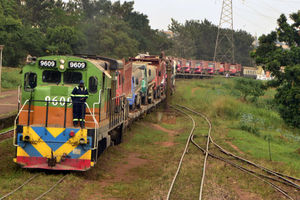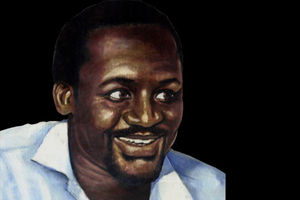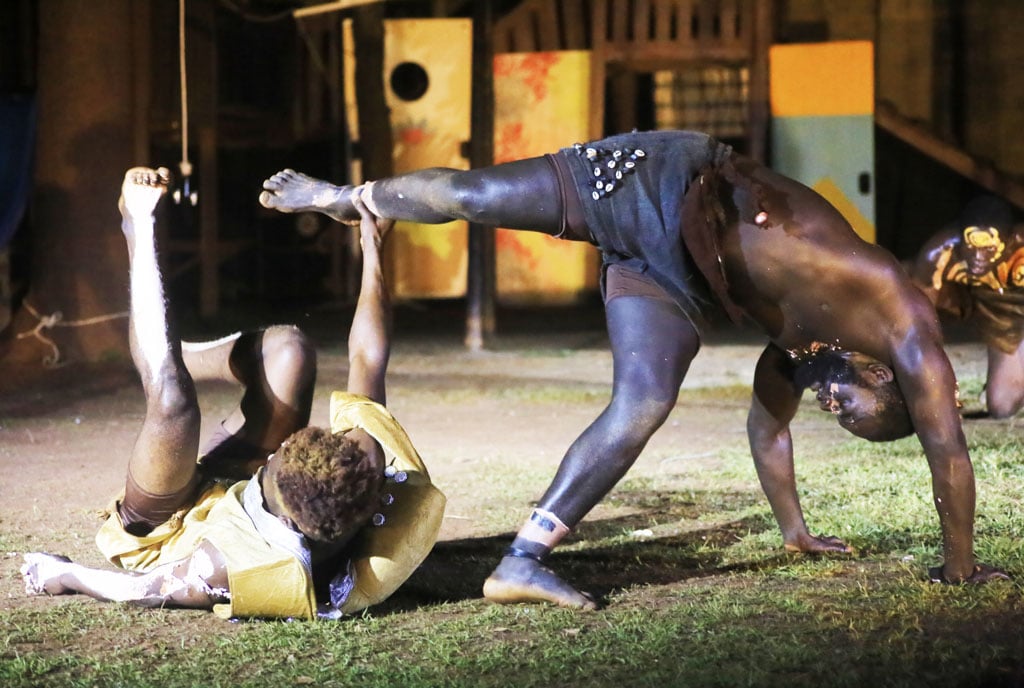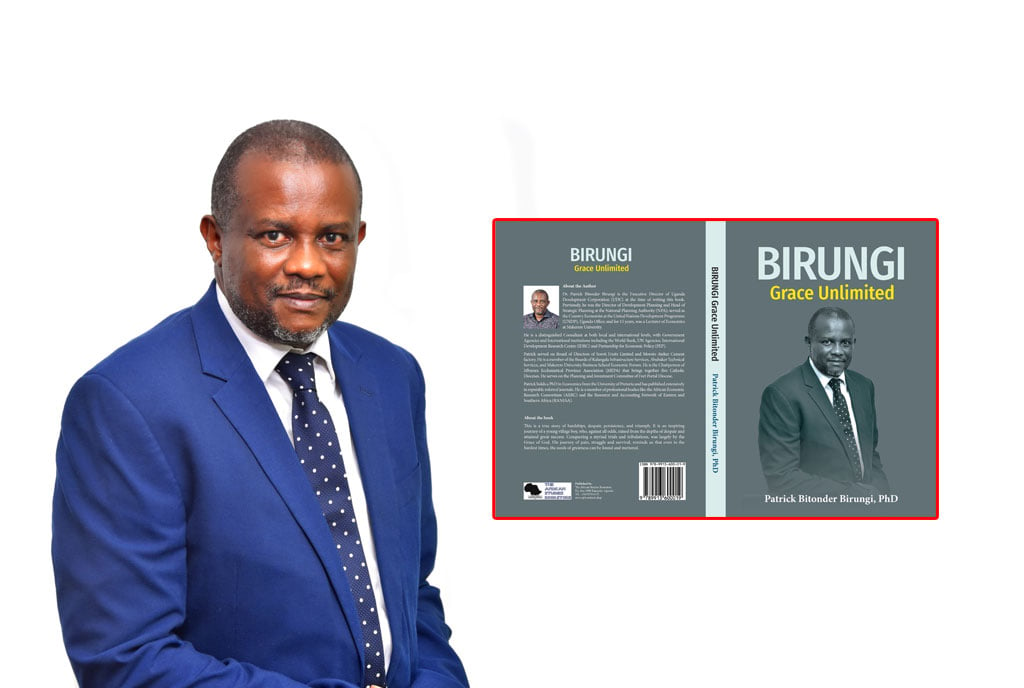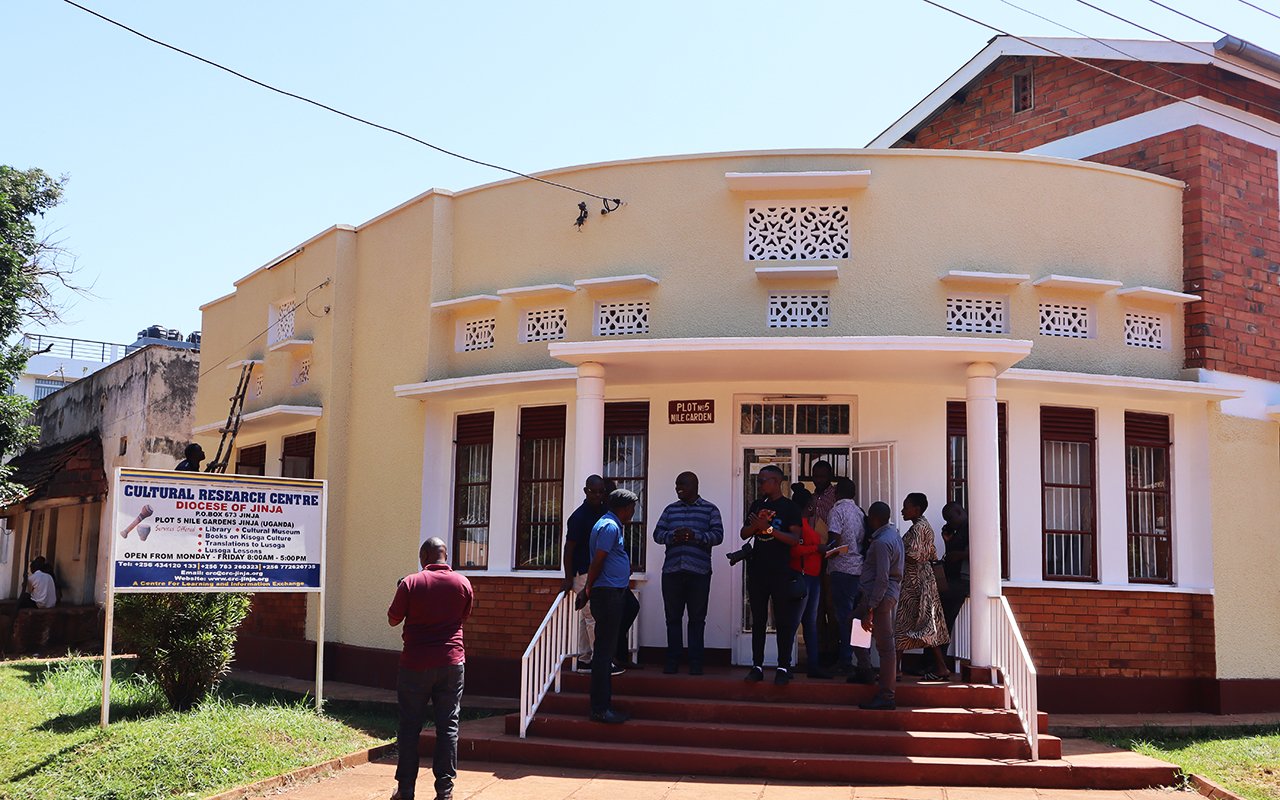
There is an overarching belief that African cultures and Christianity are at odds. Many believe that the latter should always uproot the former. But, the Catholic Diocese of Jinja does not agree in the least. They believe the two are complementary and for that reason, they established the Cultural Research Centre Museum in Jinja City.
The Rev Fr Richard Kayaga Gonza, the head of the museum and social communications office for the diocese, says the same Word which came to refine the Jewish culture came to refine all those cultures that it came in contact with.
“Christianity and culture are complimentary. The Word which became flesh and dwelt in the Jewish culture used the Jewish culture to deliver the message to the people. In other words, this Word used the culture to enrich itself and be made known by being passed on to the people because it was using the language they know,” he says.
The Museum which is located at the Nile Garden in the Jinja City centre was established by the church in 1997 to research, document, preserve and promote the tangible and intangible cultural resources of Basoga in eastern Uganda.
Artefacts
The museum showcases different items such as special fishing spears that the lake dwellers of Busoga have used for centuries, hunting traps, pottery, calabashes, basketry, cowrie shells, a traditional royal palace drum, pre-modernity farming implements, musical instruments and pre-modernity crockery.
To complete the picture, the museum also showcases things that defined modernity in Busoga such as gramophones, typewriters, and phones on top of the traditional implements and equipment.
The museum, which is also a research centre curates intangible cultural heritage of the Basoga too. These have been committed to books that are also available to whoever is interested to buy them. One of the books chronicles more than 3000 Kisoga proverbs which Father Gonza says make the work of communicating the gospel a lot easier.
He says that one of the major aims of the museum was to primarily connect with the young generation and teach them about their roots and identity, especially in the face the looming historical threat of assimilation by neighbouring Buganda for reasons dating back to the pre-colonial and colonial periods.
Below is Fr Gonza’s extended explanation of the relationship between the museum and the church’s mandate to preach the gospel:

Different artefacts in the museum. Photo/Tony Mushoborozi
The rationale
“This cultural research centre museum was founded by the Catholic Diocese of Jinja. This was during the time of right-leaning Bishop Joseph Willigers, who started the centre with the intention of being helped to study the culture of the people and use some of the positive elements to teach the faith by telling the Christians here in Busoga that Christianity or the message of the Bible is not all that foreign.
“But this also did not begin with Bishop Joseph Willigers alone. It is the invention of the Second Vatican Council. In 1962, Pope John XXIII convened the second Vatican Council, which ran from December 1962 up to December 1965.
“And it was while they were in that meeting that the delegates said, ‘The Word [Jesus Christ] became flesh and dwelt among us, in a particular culture the Jewish culture. Now we are taking this word in the form of the gospel, the Bible, to mission lands. And therefore, the Word should dwell in those particular cultures too’.
“They understood that the Word which dwelt in the Jewish culture, used the Jewish culture to deliver the message to the people. In other words, this word used the culture to enrich itself and be made known by being passed on to the people because it was using the language they knew. But at the same time, the word came to refine the Jewish culture.
“That is why you hear the gospel text using the symbolism of the shepherd, the true vine, the fig tree, and so forth. These were familiar concepts to the Jews. At the same time, it corrects the erroneous understanding of God’s message by saying, ‘You have heard how it was said, a tooth for a tooth, but I say this to you, do not resist one who is evil. But if anyone strikes you on the right cheek, turn to him the other also’. So in a way, it was refining the proper understanding of God.
“And so we said, the Vatican Council said, let us now go and extend the culture of the people where we are going to spread the word of God. Understand those cultures, both the good and the bad in it, so that we can use these particular cultural concepts in order to deliver the message we are going to preach to the people. And so, one of the cultural elements which is very positive and which was started on immediately is the issue of the language.
Language
“Language is a cultural element. So to preach to people in a language they understand, in a language they appreciate, using concepts known to them, it becomes much easier to appreciate the message than talking to them in a language they do not understand. At the time, the Catholic Church was still praying in Latin.
“So the priest would lead Mass and say, “Dóminus vobíscum”. And then the Christians were taught to repeat, parroting, “Et cum spiritu tuo”. But they would not understand properly.
“And so now when this cultural centre comes in, to teach the people the word of God in the local language, Lusoga. And, they say ‘Dóminus vobíscum’ is simply translated as ‘Musengwa abe n’ighe’. The term Musengwa among the Basoga makes a lot of sense because it comes from the verb ukusenga, which is to take refuge.
“So this is one of the elements of using the language. Secondly, the language has its ways of delivering the message. Take for instance, the use of proverbs. If I am preaching the gospel and I use Kisoga proverbs, they will pick interest and want to apply it in their daily lives. That is just one area of the language.
“So we made a collection of the Kisoga proverbs. There are close to 3,000 in here. And depending on who is applying it and where to apply it, it can be a good source of capturing attention from the audience.
Traditional knowledge of divinity
“The other one is how Africans or the Basoga for that matter understood divinity before the gospel. The simple fact is that Basoga were aware that they were not by themselves and that there was a spiritual realm and a physical realm. They knew that we live in the physical realm, but there is a power superior to us.
This is where Kisoga culture meets Christianity.
“In Kisoga culture, a person to qualify to become an ancestor in the spiritual realm, you must have lived a good life. Similarly in my church, for you to be declared a saint, you must have lived an extraordinary and good life.
Naming and baptism
“Naming is also another concept where the church and culture agree. In Kisoga culture you cannot be named after somebody, say for instance who was a thief, or somebody who died by suicide. You fear that those traits might resurrect in the child. We name our children after honourable people.
“The same case is in the church. We name our children after great people such as the Ugandan Martyrs because they lived an extraordinary life. And so we make these connections so that people can appreciate.
“So this is why we established this centre so that people can appreciate that the faith being taught is not foreign. They thought that through that appreciation, it could lead to deeper-rooted faith among the people here,” says Fr Gonza.
So they encourage people to feel proud of who they are, but at the same time to appreciate other people’s culture, knowing that one who was born on the other side didn’t choose, it is a God-given culture.
Our culture is not evil
The priest thinks it is a misunderstanding, quite often, even within the Catholic Church to think that traditional culture is necessarily satanic or devilish.
“Yes, the museum may have some elements of superstition, but that is just a small grain in a sack of what makes up culture. And I tell people that it would be wrong, for instance, if you have a big sack of rice, and because there was only one bad grain, to call the whole bag bad,” he concludes.
People
‘‘We encourage people to feel proud of who they are, but at the same time to appreciate other people’s culture, knowing that one who was born on the other side did not choose, it is a God-given culture.» Rev Fr Richard Kayaga Gonza, the head of museum and social communications office for Jinja Diocese.


